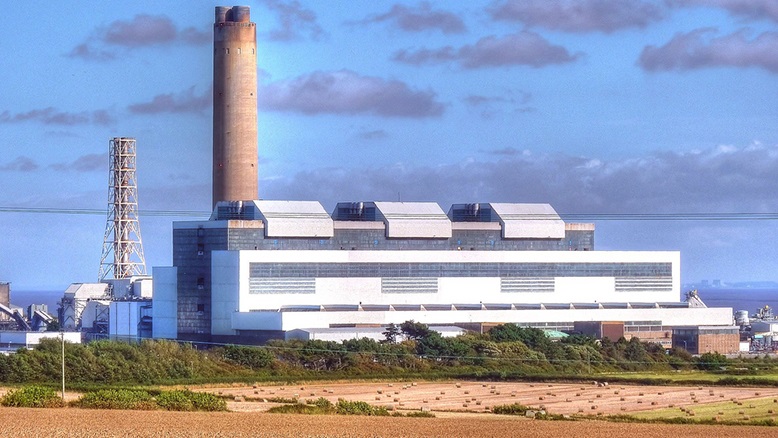Electricity pylons to be removed from protected landscapes
Plans to reduce the visual impact of electricity infrastructure in nationally protected landscapes across England and Wales have reached a new landmark, following decisions by the project’s independently chaired Stakeholder Advisory Group.
In November 2014, twelve sections of high voltage lines in eight Areas of Outstanding Natural Beauty (AONBs) and National Parks were shortlisted as having the most significant landscape and visual impact, following a study overseen by leading landscape expert Professor Carys Swanwick.
Since then, National Grid and independent landscape consultants have done further technical work with considerable and highly detailed input from local stakeholders in each location. This has enabled the Stakeholder Advisory Group to prioritise four projects from the shortlist.
The Stakeholder Advisory Group’s decisions were made after a rigorous review of each shortlisted section of line. Members at a two-day meeting considered each project using a set of five guiding project principles from the Visual Impact Provision project’s policy.
These four projects will be taken forward over the next 12 months for detailed technical feasibility works which will include environmental studies, archaeological studies and engineering work ‘on the ground’. There will also be further significant engagement with local stakeholders and communities.
National Grid transmission lines which have been prioritised in protected landscapes are:
- Dorset Area of Outstanding Natural Beauty near Winterbourne Abbas
- New Forest National Park near Hale
- Peak District National Park near Dunford Bridge
- Snowdonia National Park near Porthmadog
Using a £500 million allowance made available by Ofgem until 2021, National Grid plans to reduce the visual impact of sections of high voltage overhead lines in these locations. A range of different ways of doing this has been considered in each location.
Given the sensitive nature of these protected areas, replacing existing overhead lines with underground cables has generally proved to be the preferred option both technically and in discussion with local stakeholders.
Chris Baines, Chair of the Stakeholder Advisory Group, said “Reducing the visual impact of pylons and power lines in our most precious landscapes is highly desirable, but it is also very expensive and technically complex so we have had to make some difficult decisions. Although four schemes have been prioritised, none of the locations on our original shortlist have been dropped and they will remain under consideration for future work to reduce the impact of National Grid’s transmission lines under the Visual Impact Provision project.”
Hector Pearson, Visual Impact Provision Project Manager, National Grid, comments “This is a unique stakeholder-driven project, and it continues to represent a major opportunity to conserve and enhance the natural beauty, wildlife, cultural and environmental heritage of some Areas of Outstanding Natural Beauty and National Parks. We will continue to work in partnership with stakeholders to not only mitigate the impact of our transmission lines in these areas but to also enhance the landscape, and deliver value for money.”
The Stakeholder Advisory Group is chaired by environmentalist, Chris Baines and comprises senior representatives from organisations including the Campaign for National Parks, Campaign to Protect Rural England, Campaign for the Protection of Rural Wales, Historic England, Cadw, Natural England and the National Trust. It was established to help National Grid identify which transmission lines should be prioritised to make use of the £500 million allowance.
The protected landscapes that have not been prioritised are the Brecon Beacons National Park, High Weald AONB, North Wessex Downs AONB and the Tamar Valley AONB. These locations will remain under consideration for future work using the VIP allowance.
National Grid is also set to use part of the £500 million for smaller localised visual improvement projects which can be accessed by all AONBs and National Parks with existing National Grid electricity infrastructure.
Set to be launched in the Winter, this landscape enhancement initiative will to provide up to £24 million over six years. The aim will be to reduce the visual impact of National Grid’s existing infrastructure in AONBs and National Parks and improve the related visual quality of the landscape. A range of local visual improvement projects could enhance biodiversity, benefit cultural heritage or raise awareness of natural and historic features of a landscape.













